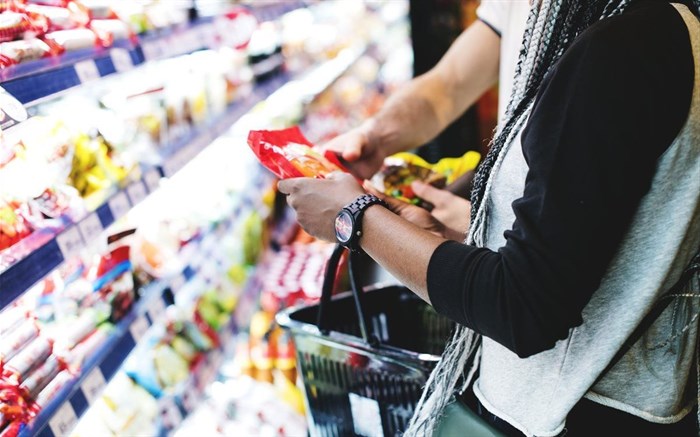
Food inflation remained sticky on the upside, clocking 9% year-on-year in November from 8.8% in October underpinned by increases in the milk, eggs, and cheese, as well as fruit, vegetables, sugar, sweets and dessert subindices. The food CPI, however, decelerated month-on-month from 1.7% in October to 0.7% in November 2023.
Meat inflation steadied at 0.6% m/m and only nudged 0.1 percentage point to 3.5% year-on-year contrary to expectations of a surge following the avian influenza (AI) outbreak and its potential knock-on effect on the supply of chicken. Most broiler meat producers have consistently indicated that domestic supplies were adequate to meet demand, and this helped counterbalance a potential AI-induced price surge.
Further, the South African authorities contemplated an easing of trade tools to improve the availability of chicken meat and ease pressure on consumers, but this is yet to materialise partly due to representations by the industry regarding domestic stocks.
The AI outbreak’s impact was more pronounced in the layer industry which saw a massive contraction in the supply of eggs. Egg prices surged by 10.9% month-on-month in November with the annual rate jumping from 24.4% year-on-year in October to a whopping 39.9% year-on-year in November 2023.
Consequently, the milk, eggs and cheese CPI accelerated faster to 13.9% year-0n-year in November from 12.4% year-on-year in October. Nonetheless, we expect the supply situation to improve in the medium term following current interventions by authorities to accelerate the importation of fertilised eggs and table eggs, including efforts to deal with the disease in future through vaccinations.
Prices of lightweight items in the food basket, fruit, and vegetables, remained elevated despite good harvests in certain categories and the continued ban on imports of vegetables by Botswana and Namibia.
The fruit inflation decelerated to 5.1% month-on-month but surged to a 35-month high of 11.5% year-on-year in November 2023 from 8.5% year-on-year in October. Although cooling off from 23.6% year-on-year in October, the vegetable CPI remained high at a double-digit level of 23.5% year-on-year in November 2023.
Meanwhile, mounting cost pressures continued to post upside risk to the fruit and vegetable complex. The producer price inflation (PPI) for fruit and vegetables reached a 36-month high of 15.9% month-on-month and surged to 52.1% year-on-year in October 2023 which is a new record for the index according to data from Statistics South Africa (Stats SA).
The fruit and vegetable PPI has trended higher at double-digit levels for the past eight months as energy cost pressures with renewed intensity in power outages continued unabated. The dilapidated road infrastructure in the country accentuated the situation, thus increasing distribution costs.
On a positive note, there was some relief as fuel prices have started to cool down following the recent cuts of 65 cents/ litre for all grades of petrol and R2.35/l and R2.41/l decreases for the two grades of diesel (0.05% and 0.005% sulphur), respectively in December 2023.
Further, a combination of demand pressure due to fragile consumer finances and strong inventory will place downward pressure early in 2024 which could see a downturn in food inflation outcomes. Additionally, port delays may see more imported chicken products hitting the shelves early in the New Year, thus coinciding with a plunge in seasonal demand due to competitive needs such as education fees and credit repayments post the December festive period.
We remain optimistic about the agriculture outlook for 2024 despite the current El Nino weather pattern whose severity may be mild and further tapering off in the second quarter of 2024.
The robust global grain and oilseed production has curtailed price growth in international prices which continued to filter through to the domestic market. This bodes well for overall food inflation into 2024 if there are no shocks to the system such as exchange rate risks and the intensification of adverse weather conditions during the critical phase of crop growth in the next few months.